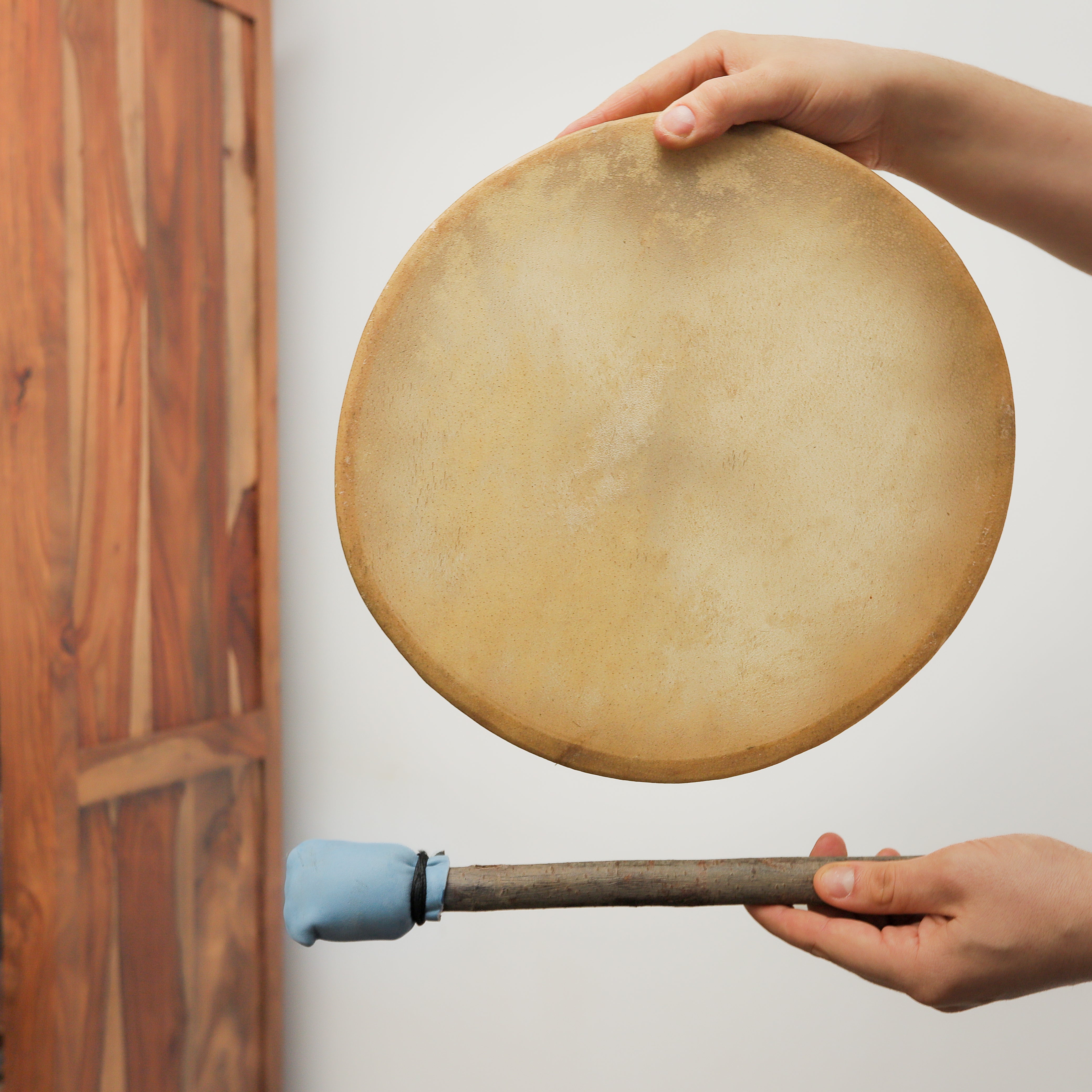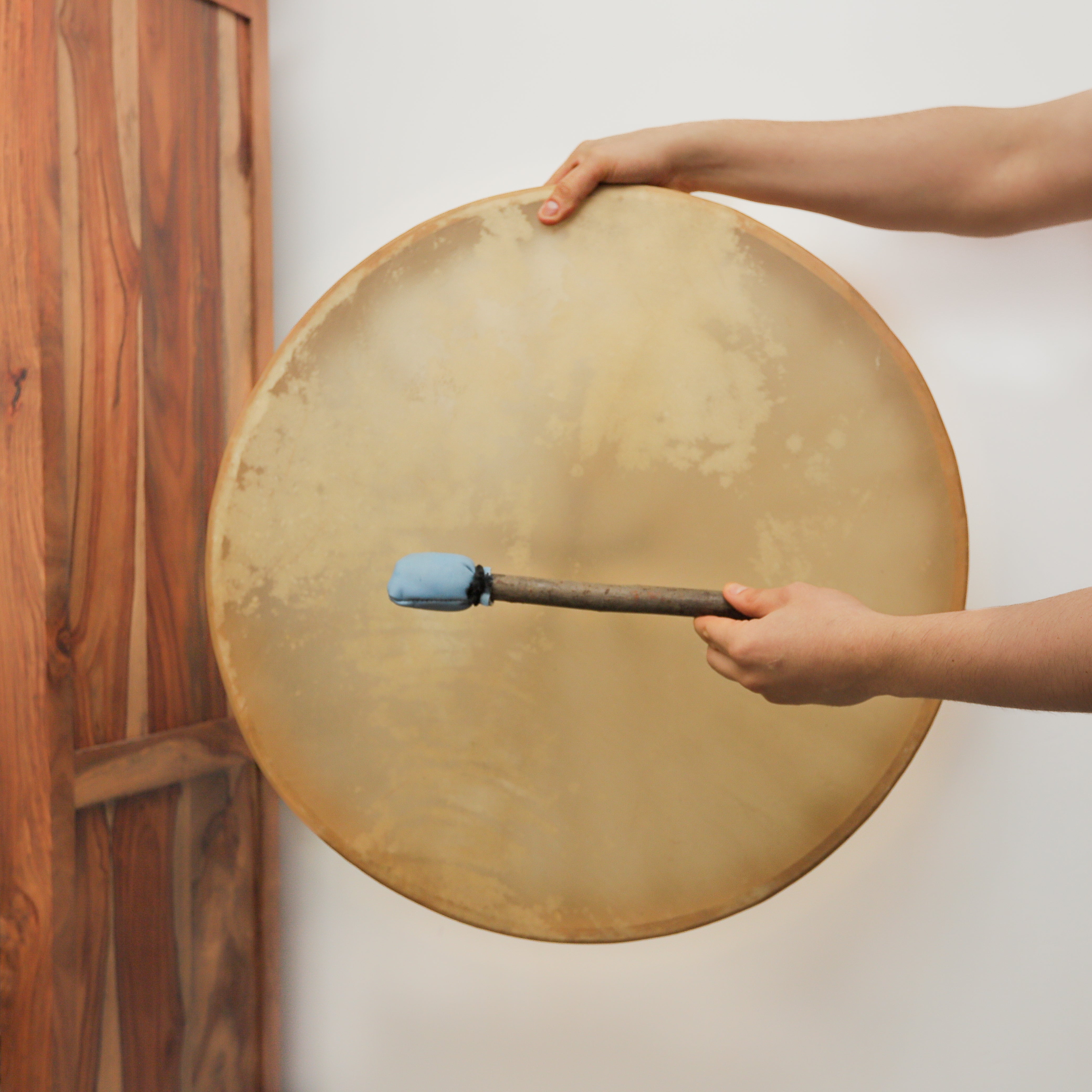In the vast realm of alternative healing practices, shamanic healing stands out as a profound and ancient modality that taps into the realms of the spiritual and energetic. Rooted in indigenous cultures across the globe, shamanic healing offers a unique approach to addressing physical, emotional, and spiritual imbalances. In this blog post, we will discover the depths of shamanic healing, exploring its origins, principles, and the transformative power it holds.
Understanding Shamanic Healing
Shamanic healing is a spiritual practice that harnesses the wisdom of ancient traditions, connecting individuals with the spirit world. Shamans, the practitioners of this ancient art, act as intermediaries between the physical and spiritual realms, facilitating healing, guidance, and transformation. At its core, shamanic healing acknowledges the interconnectedness of all things and seeks to restore harmony and balance.
Shamanic Healing Principles
Shamanic healing is based on the deep connection between humans and nature, highlighting the importance of aligning with the natural world’s rhythms and energies. It also acknowledges subtle energies and unseen forces, with practitioners working to restore balance, clear blockages, and promote healing.
This healing approach often involves journeying and ceremony, where altered states of consciousness are reached through drumming, chanting, or plant medicine. These techniques help shamans access the spirit world to receive guidance and support healing.
Shamanic Healing Techniques
Shamanic healing techniques include soul retrieval, where healers journey into the spirit world to recover lost soul fragments caused by trauma, promoting healing and wholeness. Extraction removes energy blockages or spiritual attachments causing physical or emotional issues. Divination practices, such as working with oracle cards or animal spirits, offer guidance and insight. Rituals and ceremonies are also used to honor spirits, set intentions, and create sacred healing spaces.
Health benefits of shamanic healing
Shamanic healing is a powerful practice rooted in ancient indigenous wisdom, offering emotional, physical, and spiritual restoration. It supports emotional healing and stress relief by guiding individuals through ceremonies and altered states to release deep traumas and restore inner peace. Physically, it works with the body’s energy centers to ease pain, speed recovery, and strengthen the immune system.
Spiritually, it reconnects you with your higher self, fostering personal growth and insight through shamanic journeys. Key techniques like soul retrieval help release emotional baggage, while ancestral healing addresses inherited patterns to break cycles and promote lineage wellness. Overall, shamanic healing empowers you to regain balance, transform, and navigate life with greater clarity. If you’re interested, seek experienced practitioners who respect the traditions and ethics of this ancient healing path.
What to Expect from Shamanic Healing

Shamanic healing is an ancient practice that works with energy, spirit, and nature to promote healing and transformation. If you’re new to this path, it’s helpful to know what to expect during your journey. This guide outlines the core principles, techniques, and benefits of shamanic healing.
At its heart, shamanic healing emphasizes our connection with nature and spirit, recognizing all beings as part of a greater whole. Sessions often deepen this connection, helping you align with life’s natural flow and access inner wisdom. Shamans work with energy through drumming, chanting, and other methods to enter altered states, communicate with spirit guides, and clear blockages to restore harmony within body, mind, and spirit.
Journeying—a trance-like exploration of non-ordinary reality—is central to shamanic healing. It offers guidance from spirit allies and deeper insight into your challenges. Ceremonies complement this process, creating sacred space for transformation and integration.
Common techniques include soul retrieval, which recovers lost parts of the soul caused by trauma; extraction, which removes negative energies; divination, for spiritual guidance; and rituals designed to invoke healing and honor the spirits. Together, these methods promote holistic healing, releasing old patterns, healing trauma, and fostering growth. Finding a reputable practitioner trained in shamanic traditions is essential for a safe, supportive experience. Approach your healing journey with openness and trust, and you may find profound empowerment and connection with the sacred.
What Does Shamanic Healing Cost?
As shamanic healing grows in popularity, many ask, “What does it cost?” The price reflects more than just a session—it covers the deep, holistic healing that addresses emotional, mental, and spiritual well-being, not just physical issues. A typical session lasts a few hours, during which the practitioner enters trance states to access spiritual realms. This work requires extensive training, years of practice, and personal energy, all factors that influence the cost. Practitioners invest heavily in their skills through apprenticeships and ongoing study.
The cost also includes the use of tools like drums, rattles, feathers, crystals, and herbs, essential to the healing process. Prices vary by location and practitioner demand; areas with fewer qualified shamans or higher demand tend to charge more. When considering cost, focus on the transformation and growth shamanic healing offers. The value lies in its ability to help release emotional blocks, navigate life challenges, and reconnect with your true self—benefits that go well beyond money.
Where to buy Shamanic Instruments?
We have a large collection of traditional shamanic musical instruments ranging from cow hide drums with solid wood hoops, these come in a variety of different sizes. We have beaters, animal hide shakers, tribal shipibo shakers, natural seed shakers and more.




















